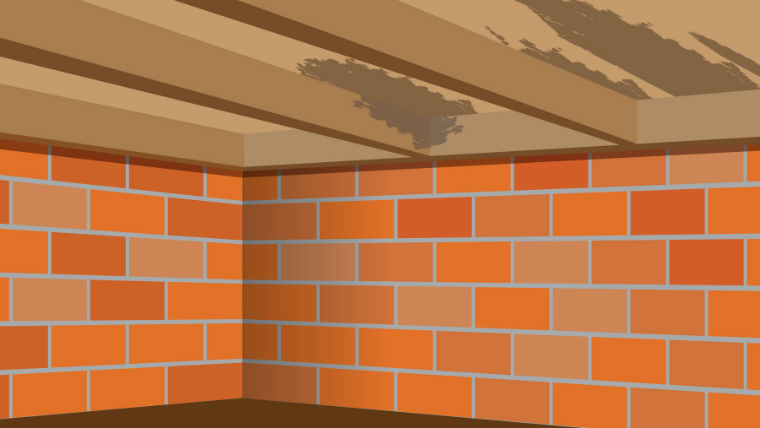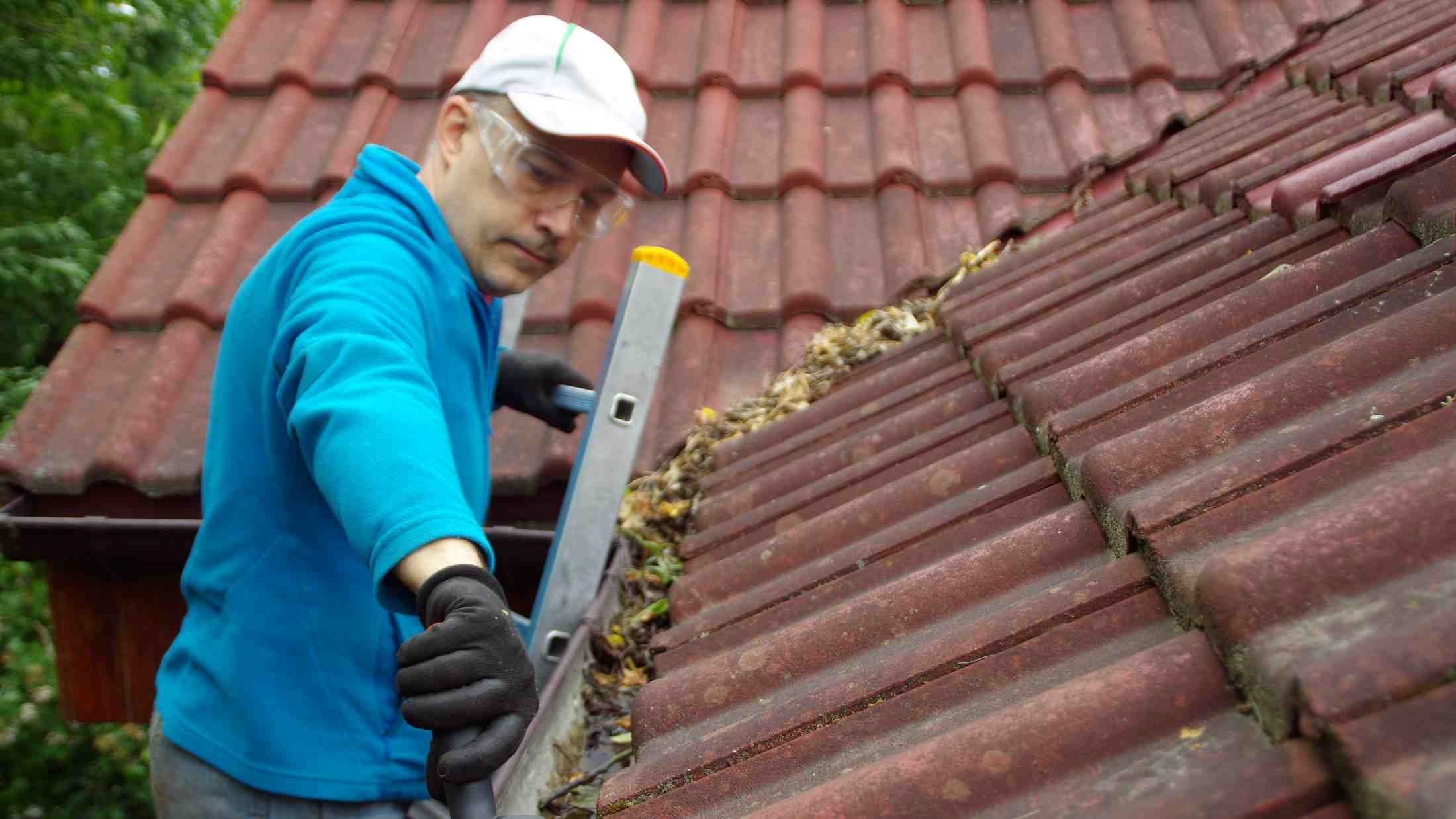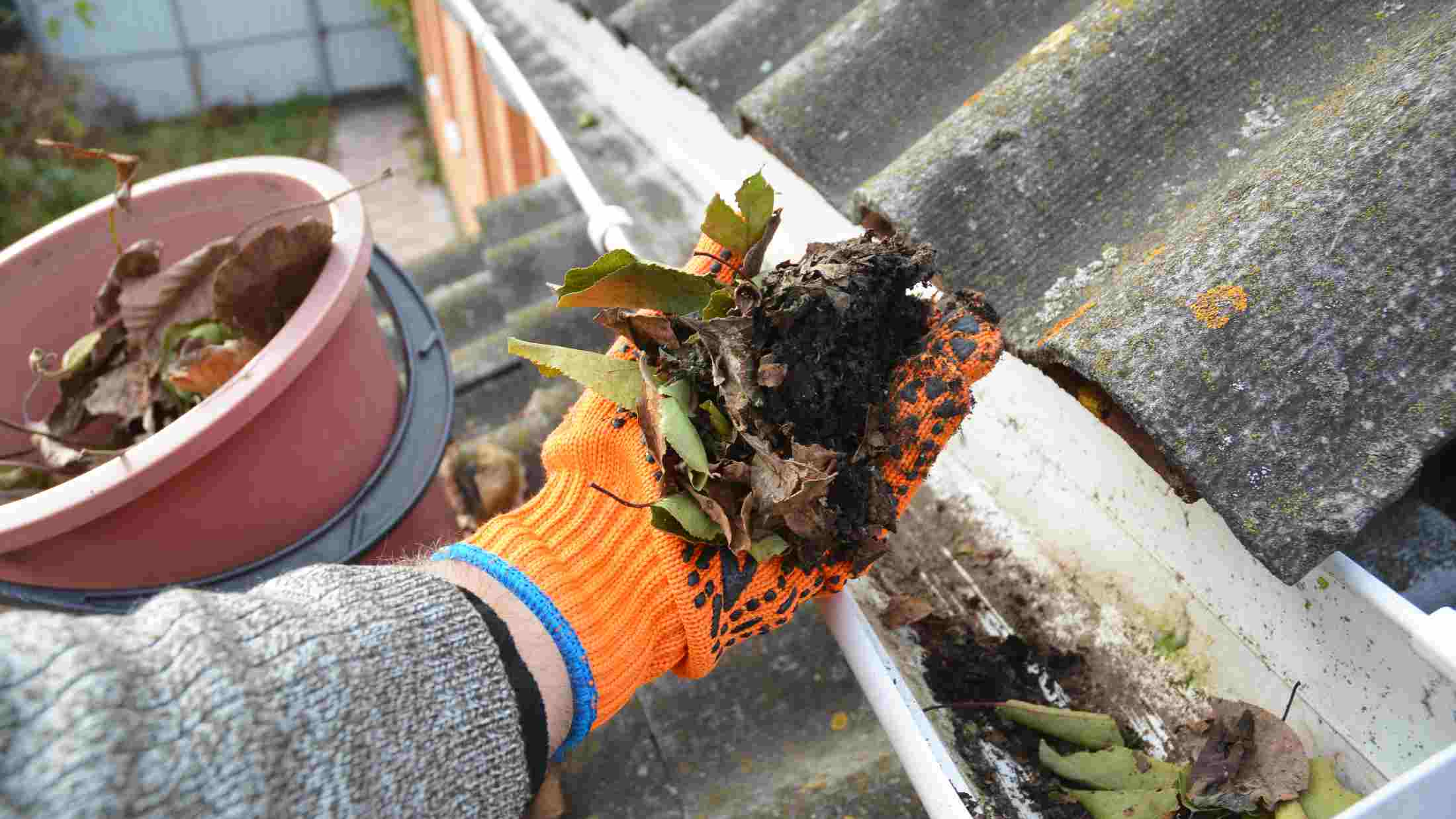From spring showers and hot summers, to freezing cold winters – our roofs take a battering all year round. To help keep your home leak-free and protected whatever the weather, it’s a good idea to check your roof when you can for any signs of wear.
If you do spot any issues, smaller jobs can be taken care of easily. But for larger repairs, always speak to a professional before trying to fix anything yourself.
- Carry out an inside inspection
- Check your ventilation
- Watch out for loose and damaged roof tiles
- Check the flashing
- Unblock your gutters
- Look for moss growth
Carry out an inside inspection
Start in your attic and look for:
- Sagging
- Water rings
- Dark patches (this could be rot)
- Sunlight shining through
These are all signs of damage. DIY roof repairs might be possible, but it’s best to speak to your local roofing expert if you notice anything wrong.

Check your ventilation
Poorly ventilated attics can lead to moisture build-ups and condensation, which damage your roof from the inside. Leaves, moss, and roof insulation can build up in your vents and stop air from escaping. Check your vents, and remove blockages with an old paintbrush to let the air flow freely again.
Watch out for loose and damaged roof tiles
It's very common for roof tiles to become broken, loose, or displaced. The best way to give your tiles a thorough inspection and identify any damage is to get up to the level of your roof. But you should only do this if you have the proper safety equipment . If you decide to check your roof tiles yourself, please take care.
If you don't have the proper safety equipment or aren't comfortable with the task or heights, don't climb up. It's much safer to contact a professional roofer to do the job. Depending on the type of roof and roof tile on your home, it’s typical to pay about £210 for every square meter of tile you need replacing1.
To replace a damaged tile yourself, carefully remove the tiles above the broken one and set them to one side. Remove the broken or damaged tile (you might need to break it up with a hammer) and take out any nails underneath. Attach the new tile to the roof, and coat it with roof sealant to keep it from leaking.
Check the flashing
Chimneys, skylights, vents, satellite dishes and other objects on your roof are sealed with metal strips called ‘flashing’. Like everything else, this can get damaged during bad weather. Make sure the flashing sits flush against the roof with no gaps where water can seep in. You’ll also need to replace any cracked sealing caulk with new, permanently waterproof, 100% silicone sealant.
Flashing can slip over time, so check for any signs of movement and replace anything that looks rusty.
You can find flashing, roof sealant, and caulk in all good DIY shops - but unless you've got the proper safety equipment, get help from a roofing expert.

Unblock your gutters
Blocked or damaged guttering can cause serious damage to your property. The water can build up and pool underneath your eaves, or leak and run down the external walls of your home and into your foundations. It's always worth doing a visual check for sagging gutters from the ground before getting the ladder out.
If you see a problem, start by clearing any debris and leaves which have built up in the guttering. Then, check to see if water is pooling anywhere. You’ll need to replace any sections which have holes or tears, or sagging.
Check the guttering is connected securely to your wall, and shows no signs of coming away. If it does, you’ll need to reattach it with masonry nails.
Look for moss growth
Moss might look harmless, but it can cause moisture damage to the roof tiles and wood underneath. During summer it can spread fast, so it’s best to catch it before it gets out of control.
The easiest way to remove moss is after a dry spell: just brush it off with a stiff broom. If your roof is covered in moss, it might have caused further damage, so it could be worth getting some advice from a roofing expert.






